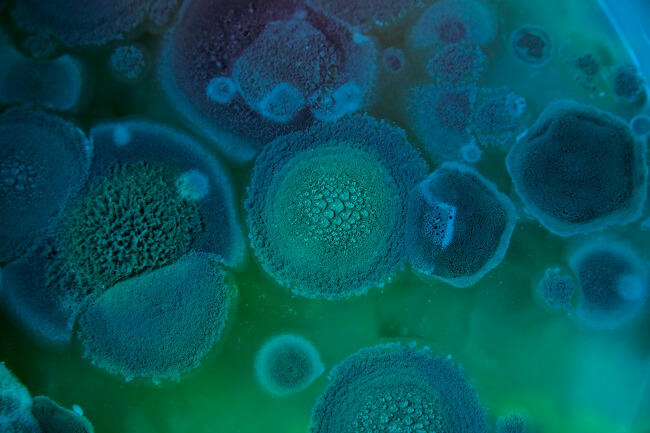November 11, 2021 –
SANTA FE SPRINGS, Calif.–(BUSINESS WIRE)–
Applied BioCode announced today that it has released 28 Fungal Analyte Specific Reagents (ASRs) for use in molecular tests. (15 ASRs for mold pathogens, 10 ASRs for yeast pathogens, and 3 ASRs to detect dimorphic fungi). These ASR products utilize the company’s proprietary Barcoded Magnetic Bead (BMB) technology for specific detection of targeted organisms.
For use as building blocks to develop and validate tests for the diagnosis of infectious diseases, ASRs may be sold to in vitro diagnostic manufacturers, and clinical laboratories regulated under the Clinical Laboratory Improvement Amendments of 1988 (CLIA), as qualified to perform high complexity testing. *
ASRs may also be sold to organizations that use the reagents to make tests for purposes other than providing diagnostic information to patients and practitioners, e.g., forensic, academic, research, and other nonclinical laboratories. The primer pairs or probes coupled to BMBs are classified as ASRs, which can be used by high-complexity laboratories to develop their own laboratory developed tests (LDTs).
“Launching Fungal ASRs brings our proprietary BMB technology closer towards the majority of hospitals and commercial laboratories in the US. We believe that our superior design for a broad range of fungi will be well-received by customers,” said Applied BioCode’s President, Winston Ho, Ph.D.
About Analyte Specific Reagents
The US Food and Drug Administration (FDA) defines Analyte Specific Reagents as “antibodies, both polyclonal and monoclonal, specific receptor proteins, ligands, nucleic acid sequences, and similar reagents, which through specific binding or chemical reactions with substances in a specimen, are intended for use in a diagnostic application for identification and quantification of an individual chemical substance or ligand in biological specimens.” 21 CFR 864.4020
* Under 42 CFR part 493, regulated under VHA Directive 1106 (available from Department of Veterans Affairs, Veterans Health Administration, Washington, DC 20420).


